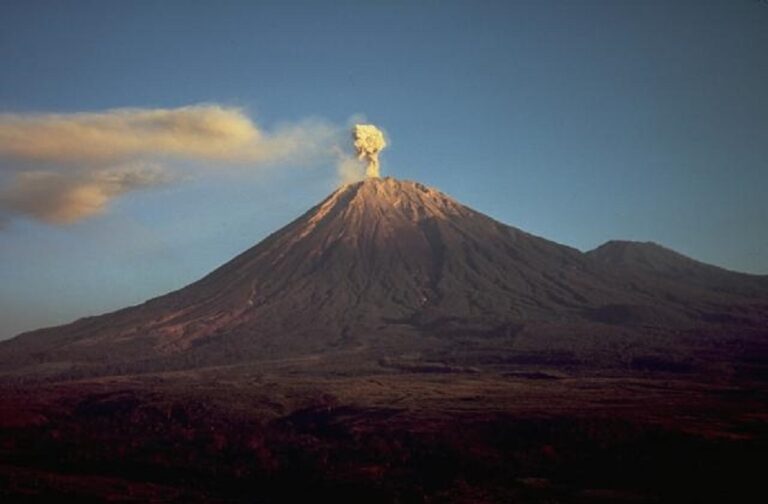Papua New Guinea: Ulawun, the most active volcano in the South Pacific, has erupted forcing residents to evacuate and the island’s airport to cancel flights.
According to the country’s Geohazards Management Division, the volcano, which is located in a remote island of Papua New Guinea, send smoke up to 15 kilometres (9.3 miles) into the sky, marking its first major outburst in many years.
The eruption on New Britain island prompted officials to coordinate evacuation plans and cancel flights at the region’s Hoskins airport. The ash plume continued to rise and reach at least 5 kilometres (3.1 miles), but the country’s geological hazard division subsided its alert level from Level 4 to Level 3, denoting a “moderate to strong eruption” rather than a “very strong eruption”.

However, the division stated that the volcano was still active and the outburst could continue indefinitely. The erupting volcano is 47 kilometres (29 miles) away from the Papua New Guinean town of Bialla, which is built among oil palm plantations on Ulawun’s slopes.
The division said that the heavy layers of black ash were causing leaves on oil palm plantations close to the volcano to droop and pile up on roofs. Papua New Guinea is situated on the Pacific “Ring of Fire,” an arc of seismic faults encircling the Pacific Ocean that is the epicentre of the world’s earthquake and volcanic activities.
Since the 1700s, Ulawun has erupted numerous times. During its most major eruption in 2019, around 5,000 people had to be evacuated. The division noted that there were no known casualties from Ulawun’s history of eruptions.



